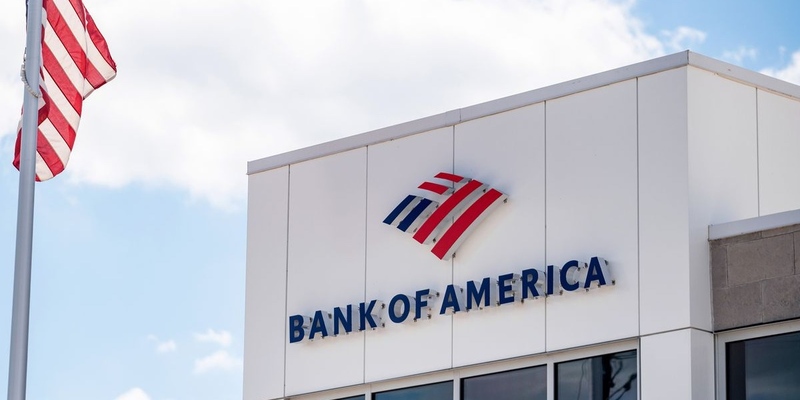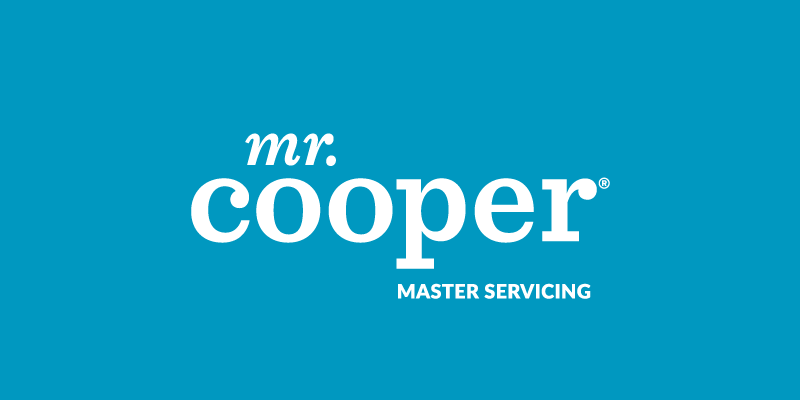Advertisement
Building a house from scratch is a dream for many homeowners, but the path to making that dream a reality often involves navigating the complexities of financing. One popular solution is a construction to permanent loan. This type of loan simplifies the process by combining two stages-construction financing and permanent mortgage-into one seamless package. Lets break down what a construction to permanent loan is, how it works, and why it might be the right choice for you in 2024.
A construction to permanent loan is a financing option that covers the cost of building a home and transitions into a traditional mortgage once construction is complete. Essentially, it's a two-in-one loan that spares you from applying for separate loans to cover construction costs and, later, the mortgage itself. With this loan, you borrow money to fund the construction phase, and once the home is finished, the loan automatically converts into a long-term mortgage, typically a 15- or 30-year loan.
The advantage here is that it streamlines what would otherwise be a multi-step, multi-loan process. Instead of worrying about securing different loans at different stages, you only deal with one loan and one closing, which can save both time and money.
Understanding the mechanics of construction to permanent loans helps demystify why it's such a practical option. Here's how it generally works:
First, you apply for the loan, much like any mortgage. Youll need to submit financial documents, including proof of income, credit history, and a detailed construction plan with costs. If approved, the lender disburses the loan in stages, called "draws," directly to the construction contractor. This method ensures that you pay only for the work completed and prevents overspending.

During the construction phase, you typically make interest-only payments on the money drawn. This reduces the financial burden during the build since youre not required to make full mortgage payments until your home is ready. The length of this phase usually depends on how long the construction takes, which can range from several months to over a year. Communication between the builder, the lender, and you is key during this phase to ensure progress stays on track.
Once construction is complete and the home passes any required inspections, the loan automatically converts to a permanent mortgage. This is a crucial point because instead of needing a second loan (as you would with separate construction and mortgage loans), the construction loan is simply rolled into your home mortgage. At this point, youll begin making regular mortgage payments, covering both principal and interest.
There are several reasons why many people choose a construction to permanent loan, especially in 2024 when both time and money are increasingly valuable resources.
One Closing Saves Money: One of the biggest benefits is that you only have to deal with one closing process. With a traditional setup, you'd have two closingsone for the construction loan and another for the permanent mortgage. Each closing comes with fees, so consolidating these into one event can save you a significant amount of money.

Rate Protection: Most construction to permanent loans offer the option to lock in your mortgage interest rate from the start. This is particularly important in 2024, where mortgage rates fluctuate. Locking in a rate protects you from future rate hikes, giving you peace of mind.
Simplified Process: Coordinating between two different loans with different terms and lenders can be confusing. A construction to permanent loan cuts through this complexity by offering a single loan product and lender throughout the entire process.
Tailored for Custom Builds: If youre building a custom home, a construction to permanent loan is ideal because its designed to fund the ongoing costs of construction while ensuring the transition to homeownership is smooth. Traditional loans simply dont offer the same flexibility.
While a construction to permanent loan offers many advantages, its important to be aware of the potential challenges and considerations.
Higher Interest Rates: During the construction phase, you may face higher interest rates compared to a standard mortgage. This is because construction loans carry more risk for lenders since there is no finished home yet to serve as collateral. However, these rates are often temporary and can be mitigated once the loan converts to a permanent mortgage.
Down Payment Requirements: Lenders often require a larger down payment for construction to permanent loans. In most cases, the minimum down payment is around 20%. Depending on your financial situation, this could be a barrier to entry. However, this also means youll have more equity in your home once construction is complete.
Strict Qualification Criteria: Since construction to permanent loans combines two phases into one, lenders are more cautious. You'll need strong credit and a stable income to qualify, especially given the potential for unforeseen expenses during the construction process. The lender wants to ensure you'll be able to handle both the construction costs and the long-term mortgage payments.
Contractor and Builder Requirements: Most lenders will only approve loans if youre working with licensed and vetted contractors. This means that if youre planning on doing some of the construction work yourself or hiring an unlicensed contractor, you might face roadblocks in securing financing.
In 2024, the construction to permanent loan remains a popular choice for homeowners who want to build and finance their homes in one streamlined process. By combining construction and mortgage financing into one package, this loan can save time, reduce stress, and offer financial flexibility.
However, its essential to consider the qualifications and challenges that come with it, such as stricter lending criteria and larger down payments. If youre ready to build your dream home and have the financial footing to do so, a construction to permanent loan might be the ideal solution for making that vision a reality.

By Jennifer Redmond/Dec 14, 2024

By Korin Kashtan/Dec 15, 2024

By Maurice Oliver/Dec 15, 2024

By Paula Miller/Apr 01, 2025

By Paula Miller/Oct 15, 2024

By Aldrich Acheson/Oct 10, 2024

By Maurice Oliver/Feb 08, 2025

By Jennifer Redmond/Oct 15, 2024

By Elva Flynn/Oct 10, 2024

By Sid Leonard/Feb 28, 2025

By Triston Martin/Oct 09, 2024

By Elva Flynn/Mar 17, 2025